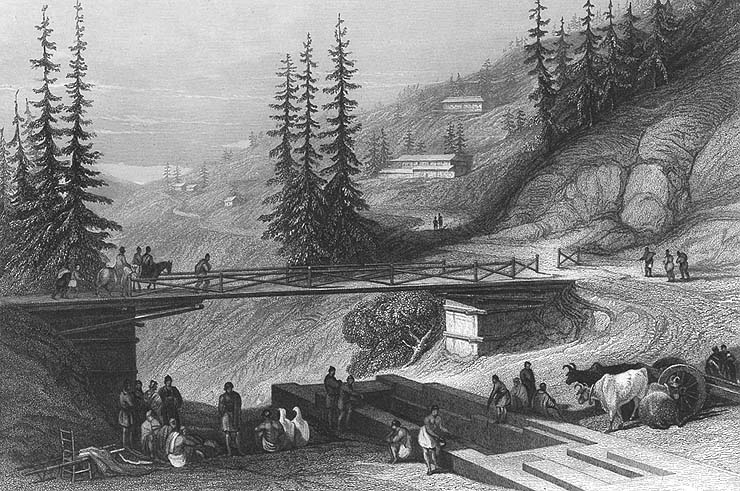
The coverage amount for permanent life insurance can either be level or increasing death benefit. Either the benefit always remains the same, a fixed $250k for example, or it goes up over the years: $251k, $253k, $257k, etc. Which is best? Obviously a rising death benefit is preferable, but whether its value outweighs its additional cost depends mostly on your age. Generally when under age 60, an increasing death benefit is better. Over age 60 a level death benefit works better simply because it’s more cost effective. Those in higher income brackets usually should opt for an increasing death benefit. This is also called a level or increasing face amount. With life insurance the initial benefit is called the face amount, and thereafter it’s called the death benefit.
Level Death Benefit: Option A
pros: less expensive; builds higher cash value
cons: the value of death benefit amount erodes due to inflation; less flexible
Increasing Death Benefit: Option B
pros: death benefit amount rises over the years to help the policy value keep pace with inflation; better for partial surrender of cash value; better for loans; more flexible, most policies will allow the owner to change from an increasing death benefit to a level death benefit.
cons: more expensive
An increasing death benefit is used often with Indexed Universal Life (IUL), at least in the cash value accumulation phase. For policy loans to generate tax free retirement income switching the death benefit from increasing to level produces higher income amounts.
A level death benefit is best for Guaranteed Universal Life, also called no lapse Universal Life
For current assumption Universal Life, a regular UL, an increasing death benefit is preferable since most of those plans are geared for those in their 30’s, 40’s and 50’s. A structure of an increasing death benefit UL and cost will depend on the assumption of the target case value: how much and a what age. Typical cash value targets will be $1 or to endow, to be worth the initial face amount in cash, at either age 100 or age 120. Whole life, the high quality ones, age guaranteed to endow at age 100. A proper analysis of a UL should compare it structured like a whole life, to endow on the non guaranteed side at 100. I have found, especially at younger ages. that whole life premiums are very competitive, sometimes even less expense, than a UL if they are both structured to endow at age 100. Sometimes agents will solve a UL for $1 at age 100 to cut its cost, but for the policy holder that runs the risk of the policy underperforming and running out of cash value in later years. This was part of the problem for many UL policies written in the 1980’s and 1990’s. At the very least the target cash value assumption at age 100 should be half of the original face amount, for example a $125k target cash value at age 100 for a $250k initial face amount.
Whole life is either level or increasing death benefit. Participating whole life, called “par” whole life for short, offers dividends that increases the death benefit over the years. Final expense whole life for seniors is level death benefit “non par” or non-participating whole life. They do build some cash value, but the key is the benefit amount, affordability and simplified underwriting.
Choose “par” whole life for child life insurance. Mail offers for child life insurance are level benefit “non par” whole life, non-participating, and they are a rip off considering how much more value you get for just a few dollars more with a increasing benefit whole life plan like Mass Mutual.
Equitable “Long-Term Care Services Rider” has an increased death benefit option. This is a very distinctive feature offered for a hybrid life/LTC product. Most other carriers only allow Option A, a level death benefit, for LTC benefits.
Please request a quote : free and strictly confidential
 Licensed Agent: Sean Drummey
Licensed Agent: Sean Drummey
phone: (910) 328-0447
email: spdrummey@gmail.com
revised: 4/29/2022
Equitable checked 8/1/2022








 Sean Drummey
Sean Drummey